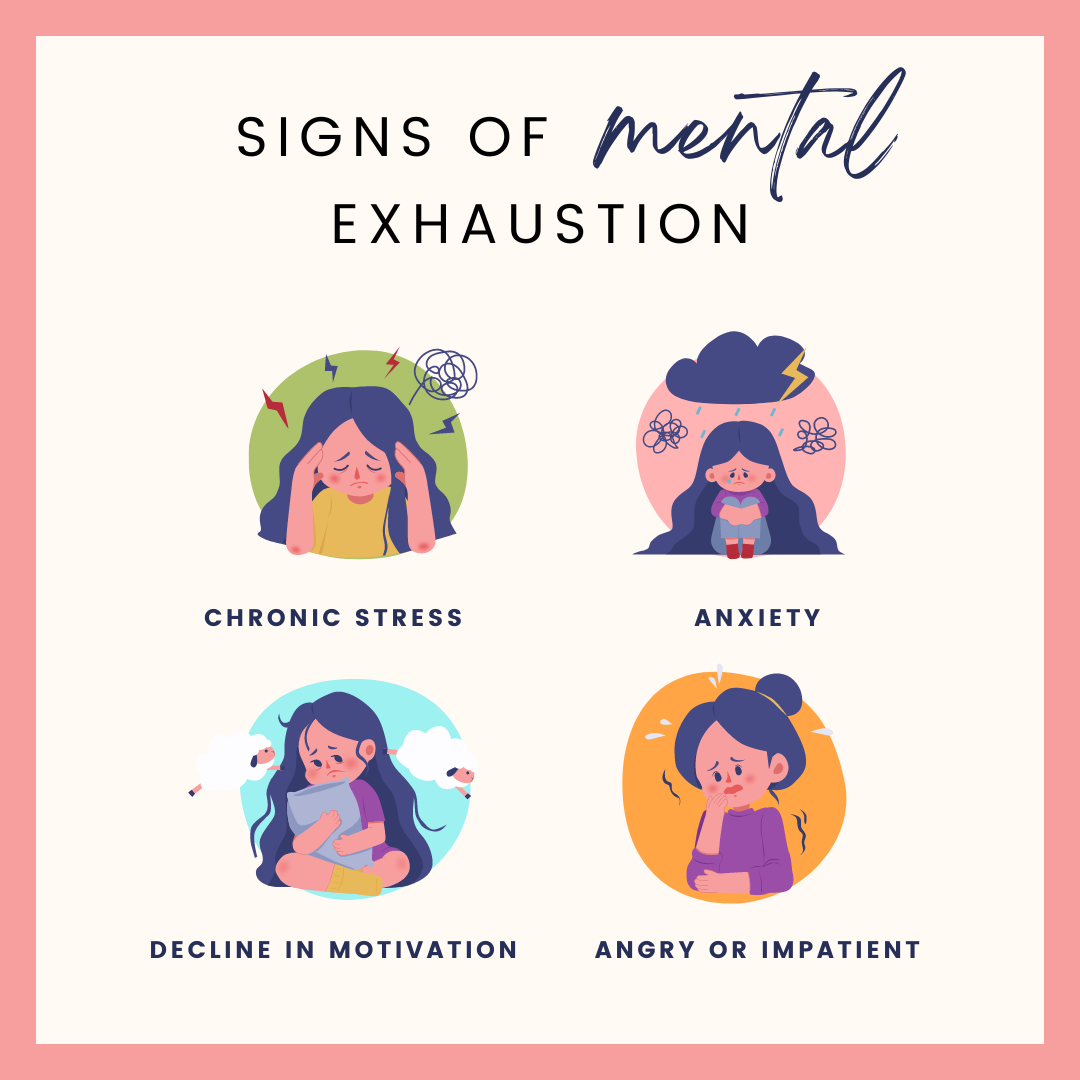Despite advancements in healthcare delivery and medical technology, there are still notable differences in health outcomes and access to care among America’s many demographic groupings. Due to the intricate interactions between social, economic, and environmental factors that contribute to these disparities, resolving them calls for a multipronged strategy that tackles the underlying causes as well as the consequences of health inequities.
Lack of access to reasonably priced healthcare services is one of the primary causes of healthcare disparities in the United States. Due to issues like a lack of health insurance, difficulty getting to medical facilities, and a shortage of medical professionals in underserved areas, millions of Americans—especially those from low-income and marginalized communities—face obstacles when trying to get primary care, preventive services, and specialty care.
Policies that broaden health insurance coverage, boost community health center financing, and encourage medical professionals to practice in underprivileged areas will be necessary to remove these access hurdles.
Furthermore, socioeconomic factors that affect health, such income, housing, education, and employment, have a big impact on how people’s health turns out and how discrepancies in access to care are exacerbated. Policymakers must fund projects that address the social and economic determinants of health, such as programs for job training, affordable housing, and educational opportunities for low-income populations, in order to address these upstream variables.
In conclusion, tackling healthcare inequalities necessitates a dedication to providing culturally competent care that recognizes and attends to the distinct requirements and encounters of varied patient groups.
In order to achieve this, initiatives are being made to diversify the healthcare workforce, encourage health literacy and education in underserved populations, and guarantee that healthcare professionals receive training in unconscious bias and cultural competency.
America may get closer to attaining health equity and enhancing health outcomes for all citizens by tackling the underlying causes of healthcare inequities and putting policies in place that support everyone’s access to reasonably priced, high-quality treatment.



